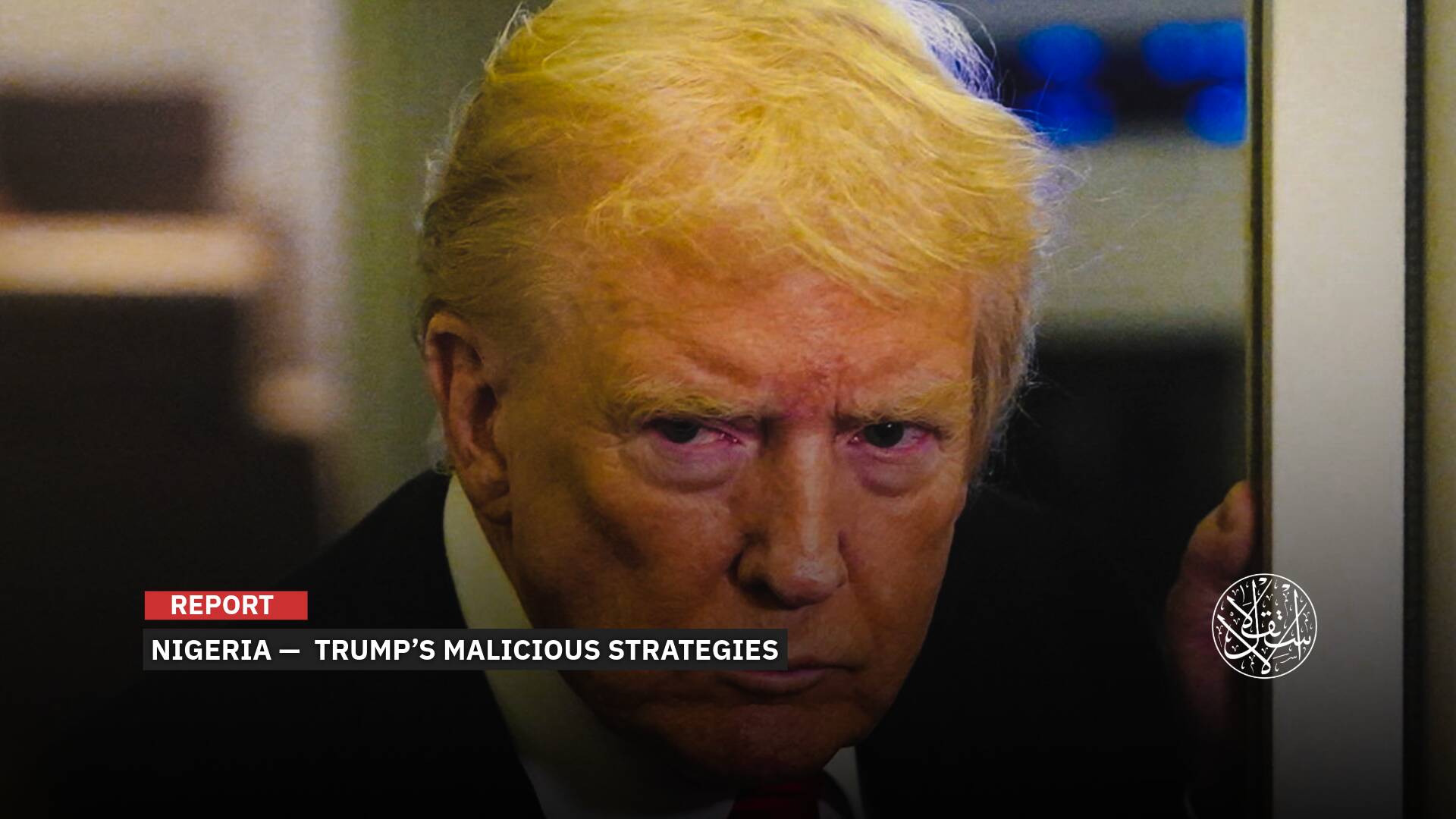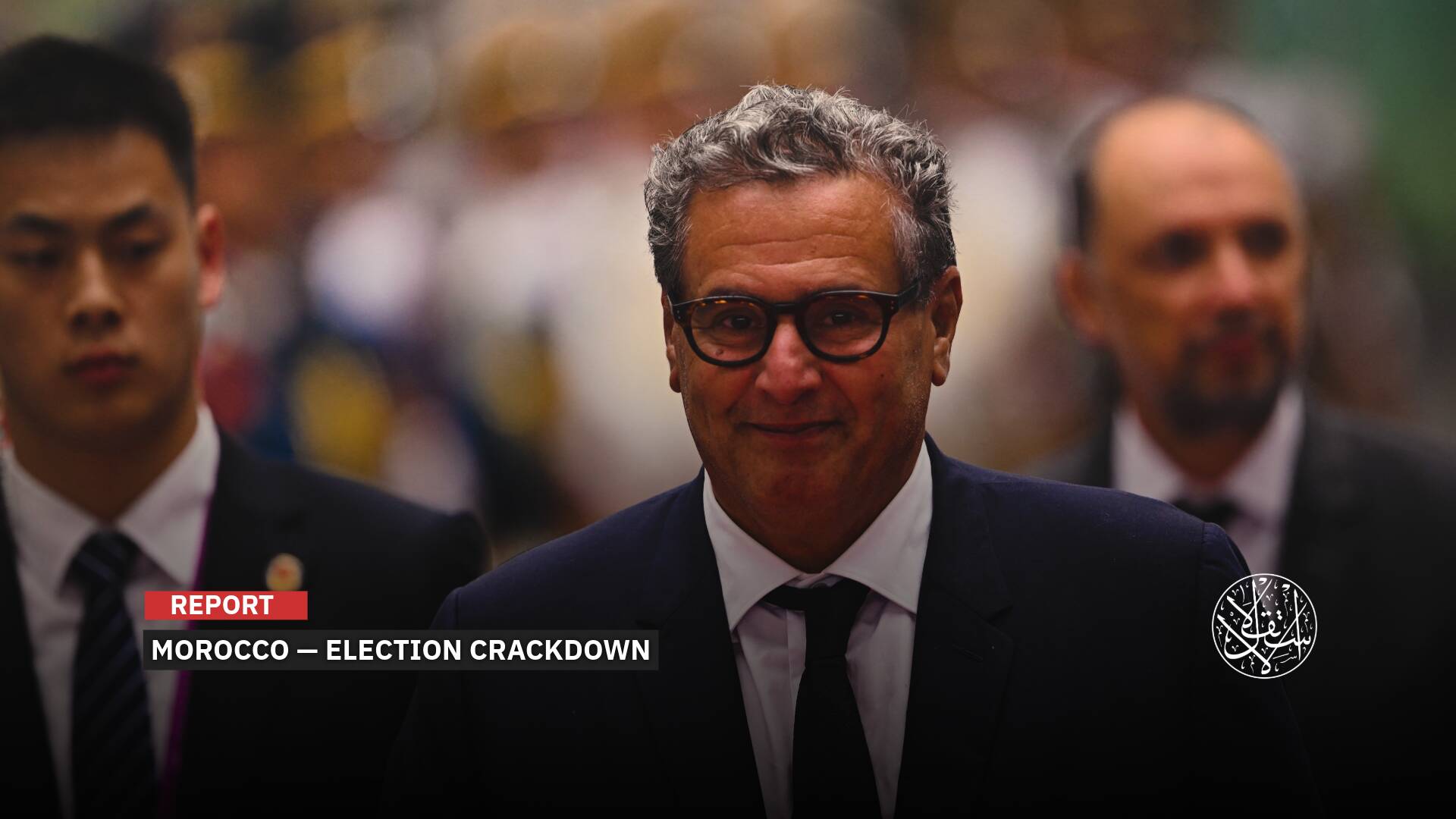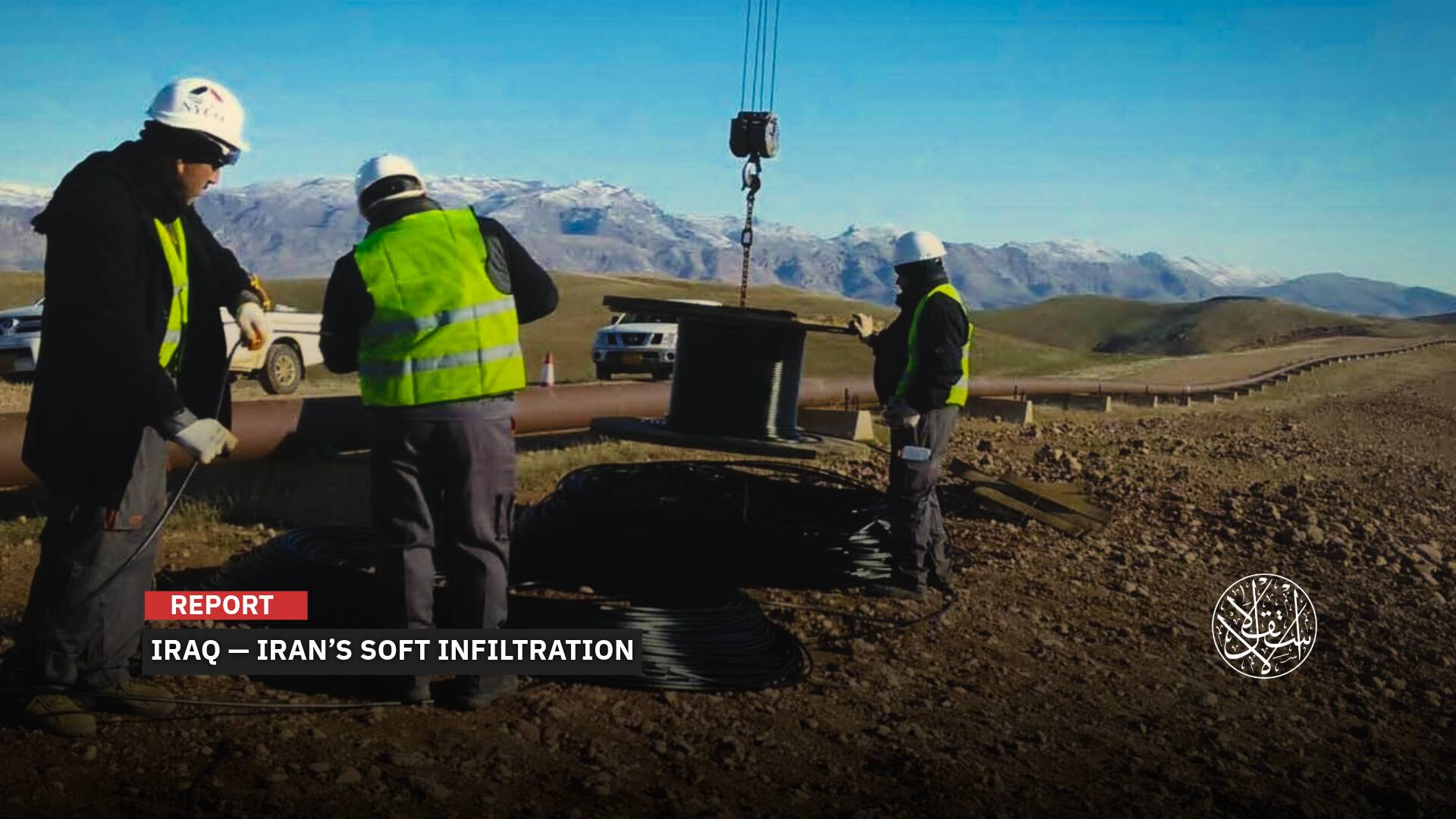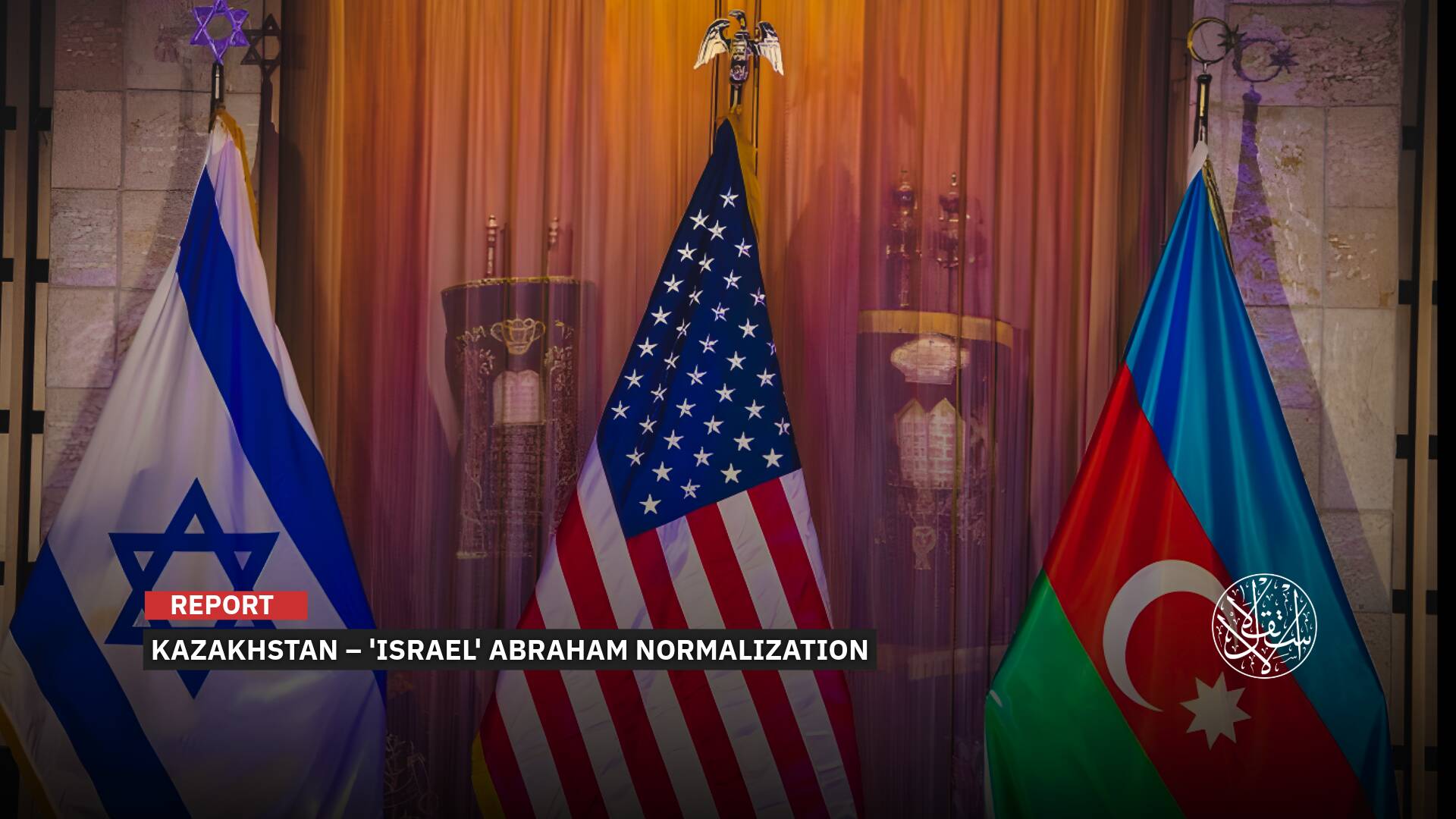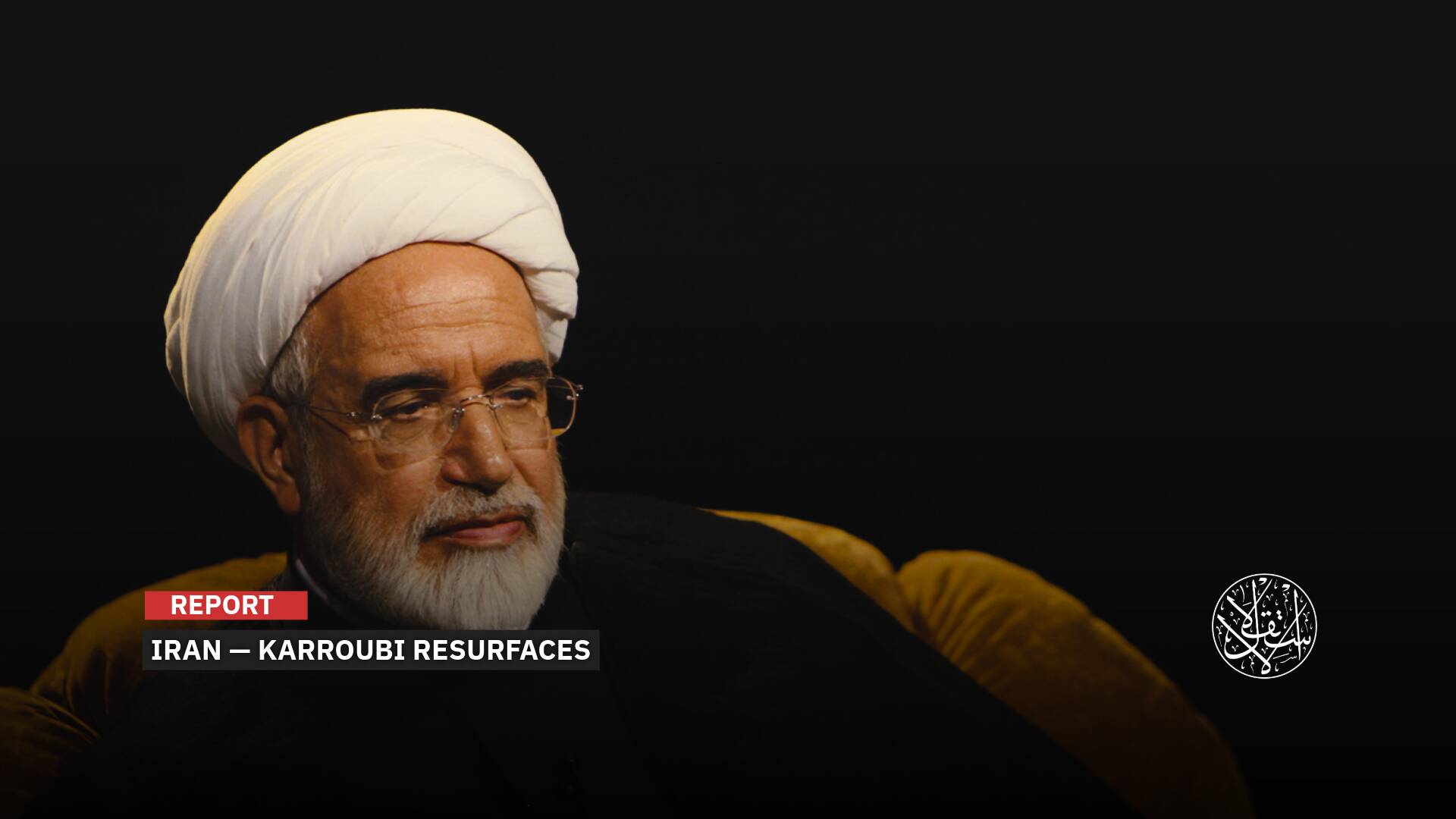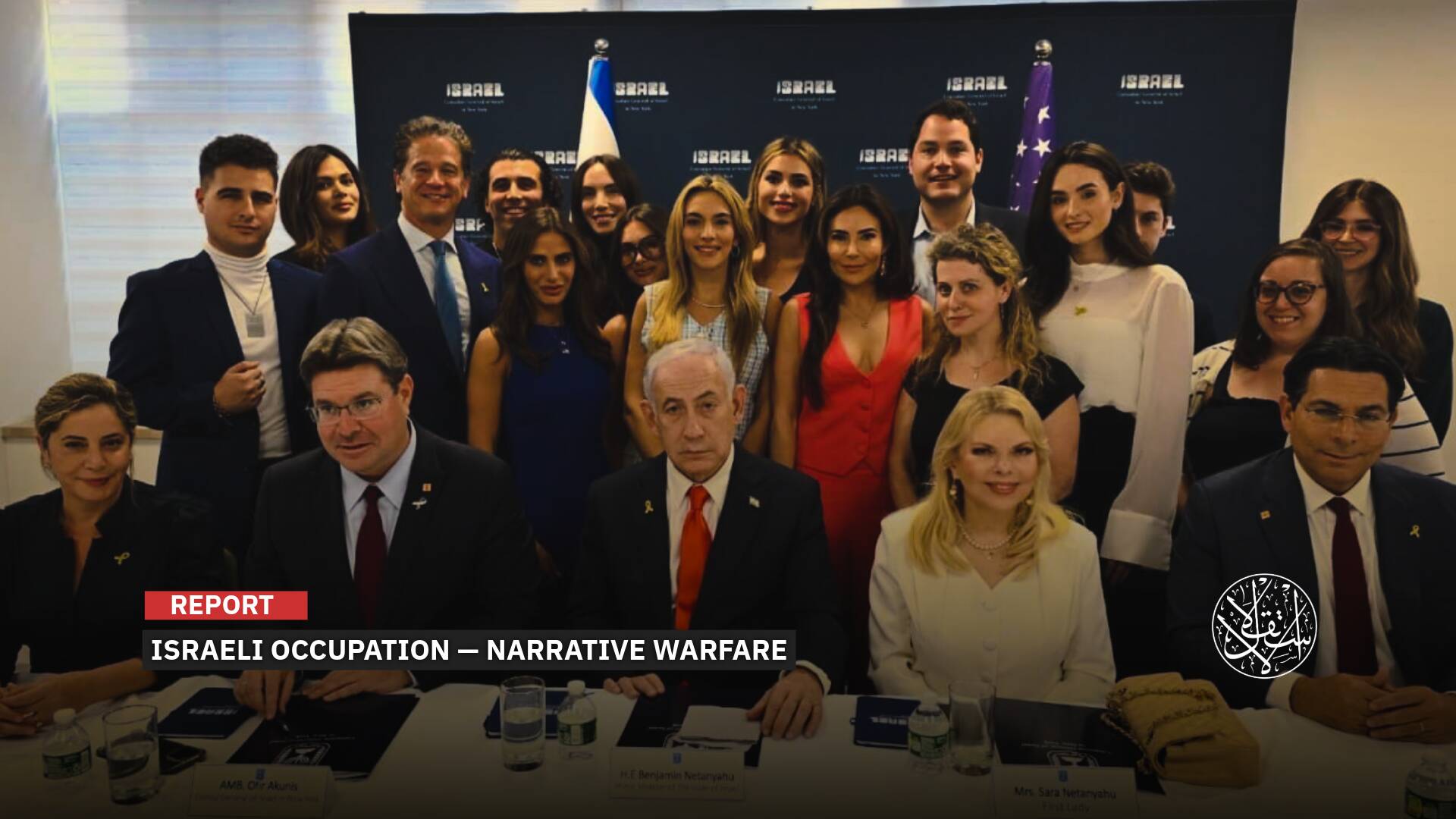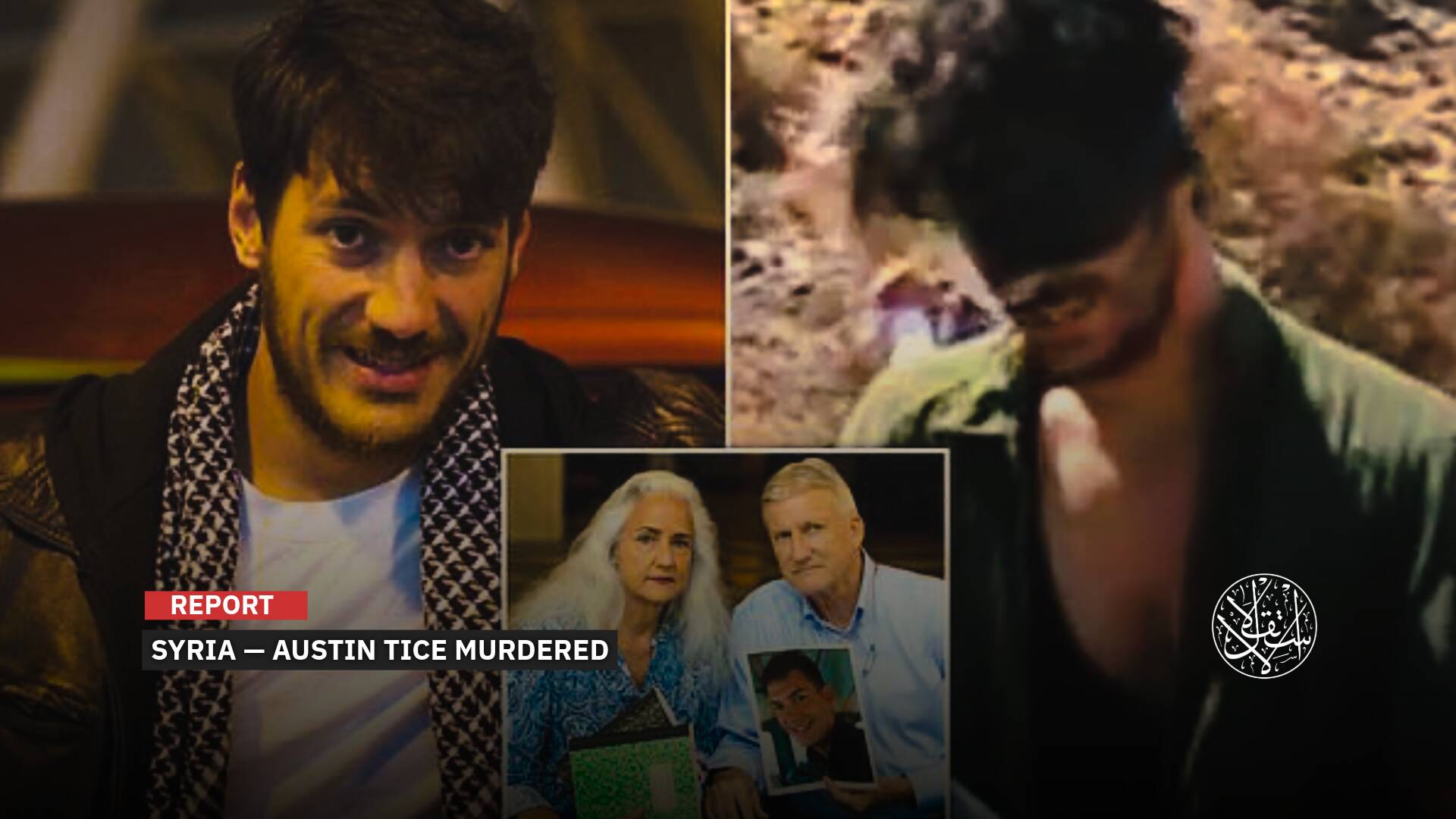How Iranian Security Forces Are Using Rape and Sexual Violence to Suppress Protesters

America’s top diplomat for Iran highlighted, on Tuesday, November 22, CNN’s inquiry into sexual violence that revealed sexual assaults on male and female protesters in Iran and described the report as “unspeakable.”
US special envoy for Iran, Robert Malley, said that the Iranian regime’s violence is a reminder of the critical situation the Iranian people are living in, revealing to what extent this regime can silence dissent.”
CNN investigation had collected testimonies through documented interviews, revealing a terrifying reality of brutality by the Iranian regime, where sexual violence and rape are used to suppress and extort protesters.

“Iranian officials have not yet responded to CNN’s request for comment on the ‘abuses’ described in the report, CNN said.
UN rights commissioner, Volker Turk, had earlier called on the Iranian regime to end the “disproportionate” use of force in quelling protesters.
Activist news agency of Iranian human rights activists, HRANA, said: “450 protesters had been killed in more than two months of nationwide unrest as of November 26, including 63 minors, in addition to 60 members of the security forces had been killed, and 18,173 protesters detained.”
Rape to Quell Protests
Iran is still witnessing a popular uprising against its government that began in Tehran on September 16, 2022, after the death of Mahsa Amini, 22, in Iranian custody, for not wearing her headscarves properly.
During the ongoing series of protests to challenge the Islamic Republic’s legitimacy, protesters, especially women, have mainly focused on their rights, setting their headscarves on fire, a nod to the downfall of Iran’s Shi’ite Muslim theocracy.
Iranian authorities are still trying to crush protests by arresting, killing, and yes…raping.
Some videos were published on social media in recent weeks, showing Iranian security forces sexually assaulting female protesters on the streets. Then, reports of sexual violence against activists in Iranian prisons began to bubble on the surface.

CNN could corroborate several reports of sexual violence against protesters and heard accounts of many more in and outside Iran.
“At least, one of these caused severe injury, and another involved the rape of an underage boy. The sexual assault was filmed and used to blackmail the protesters into silence, according to sources who spoke to the victims,” according to the report.
One of the victims said during her interview with CNN that Iranian officers” would choose the women who were pretty and suited their appetite.”
The report featured the story of Armita Abbasi, 20, who was subjected to the worst brutality of the Iranian forces. She was accused of leading the riots in her hometown of Karaj, despite it not being clear whether she really participated in the protests or not.
She was raped during her arrest over her anti-regime posts that she did not anonymize, unlike most Iranian dissents.
A series of leaked accounts on Instagram, showing conversations between medics, exposed Iranian security forces’ torture and sexual assault of Abbasi.
On October 17, when the girl was taken to the Imam Ali hospital in Karaj, suffering from eternal bleeding, the medical personnel spoke of the horror they felt when they saw evidence of brutal rape.

“When she first came in, [the officers] said she was hemorrhaging from her rectum…due to repeated rape. The plainclothes men insisted that the doctor write it as rape prior to arrest,” wrote one member of the medical staff in one of the messages.
“After the truth became obvious to all, they changed the whole script,” wrote the medic. CNN can confirm that four to five medics leaked the messages to social media. All of them said they believed she was sexually assaulted in custody.
“To make it short, they screwed up,” that medic added of the security forces. “They screwed up and they don’t know how to put it together again.”
Futile Attempt to Silence Dissent
Activists have warned that Iran, the leader of death penalty in the world, is currently using it as a tool to suppress the uprising by spreading fear among protesters.
The judiciary has so far confirmed six death sentences related to the protests, while Amnesty International stated that at least 21 people are being tried on charges related to crimes that could lead to their execution, based on official reports
Iran now executes more people annually than any other country after China, as it executed at least 314 people in 2021, while the Norway-based Human Rights Organization in Iran indicates that the number of executions this year has become much higher, reaching 482 people.
Activists warn that the authorities are planning to execute demonstrators following vague charges related to riots and alleged attacks on security forces during the protests and to increase executions unrelated to the popular uprising, especially of prisoners convicted of drug-related charges.

Amnesty stated that the authorities’ use of the death penalty was designed to intimidate the participants in the protests and to deter others from joining the movement.
It stressed that the strategy aims to create panic among the people while condemning the alarming escalation in the use of the death penalty as a tool of political repression and the systematic violation of fair trial rights in Iran.
The Iranian judiciary refused to publish the names of the six convicts who were sentenced to death, in what is believed to be an attempt to avoid protesters using those victims’ names during demonstrations or publishing them on social media and ignite the revolt.
All were convicted of either “enmity against God” or “corruption on earth,” crimes that usually carry the maximum penalty in Iran and which rights activists have long expressed concern about being used against opponents of the regime.
Human Rights Outcry
Robert Malley, the US special envoy for Iran, said the regime would not succeed in its efforts to crush protests that have spread across the country in the past two months. “This report describes unspeakable acts of sexual violence by Iranian officials in detention centers.”
He tweeted on Thursday: “It’s a reminder of what is at stake for the Iranian people – and of the lengths to which the regime will go in its futile attempt to silence dissent.”
A UN independent expert on Iran expressed concern on Tuesday, November 29, saying the repression of protesters is still intensifying, with Iranian authorities’ extensive use of the death penalty over protesters and activists.
The UN said more than 300 people had been killed so far in addition to thousands arrested since September 16, the day of Mahsa Amini’s death in Iranian custody.
Javaid Rehman, the UN Special Rapporteur, told Reuters that he is “afraid that the Iranian regime will react violently to the Human Rights Council resolution, and this may trigger more violence and repression on their part.”
Iran rejected this week the newly-appointed independent UN probe into the country’s deadly crackdown on protests.
“Iran will have no cooperation with the political committee formed by the UN Rights Council,” ministry spokesman Nasser Kanaani said.
Sources
- How Iran's security forces use rape to quell protests
- US diplomat highlights CNN’s report on ‘unspeakable’ rapes of Iranian activists in detention
- UN Iran expert concerned about death sentences for protesters
- Iran rejects U.N. investigation into protests - spokesperson
- Iran forces killed 448 in crackdown on Amini protests, says rights group


